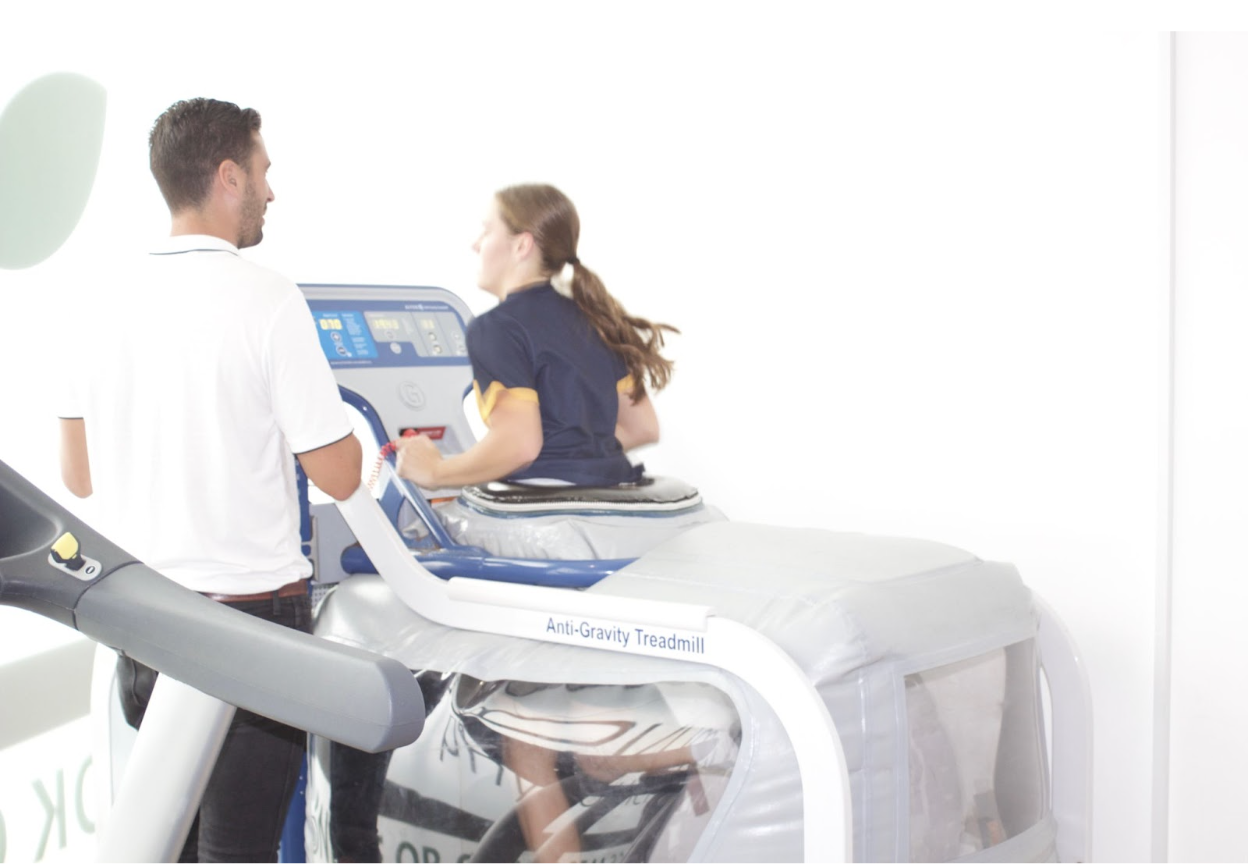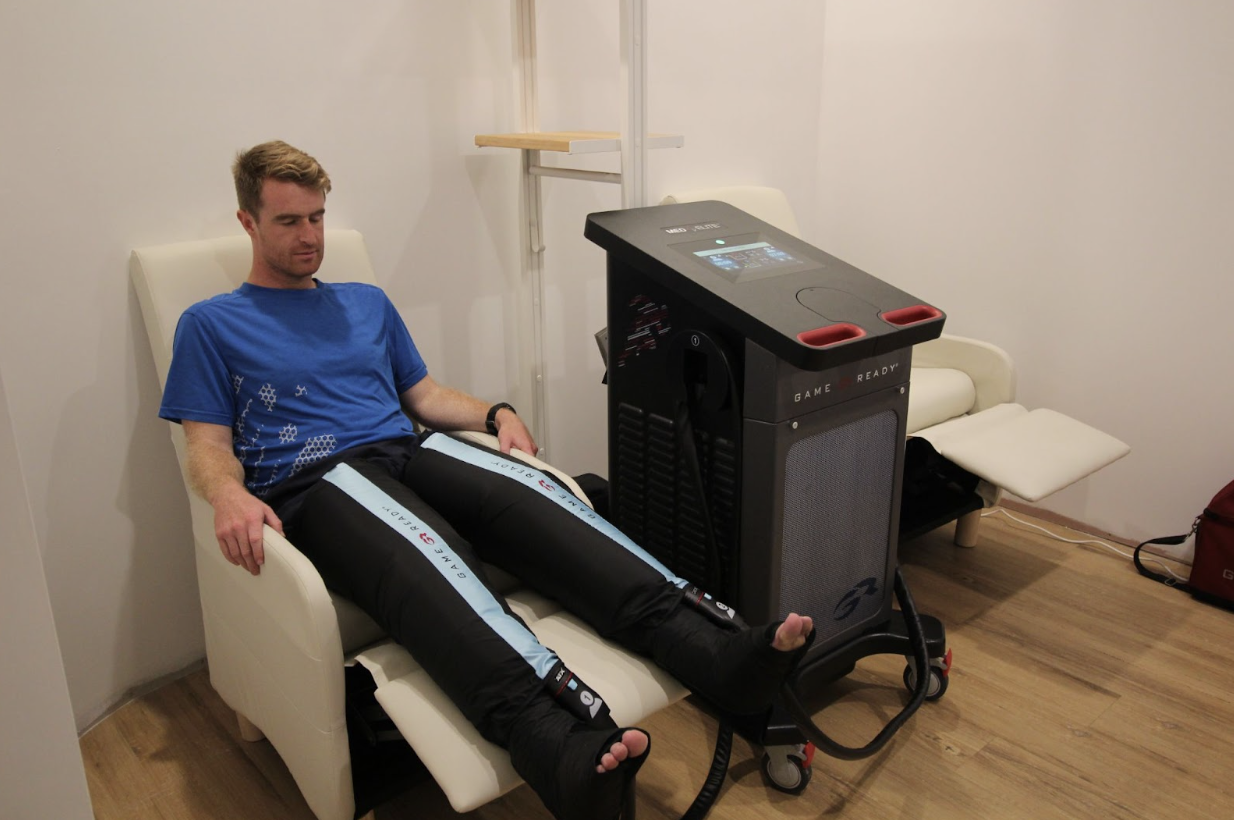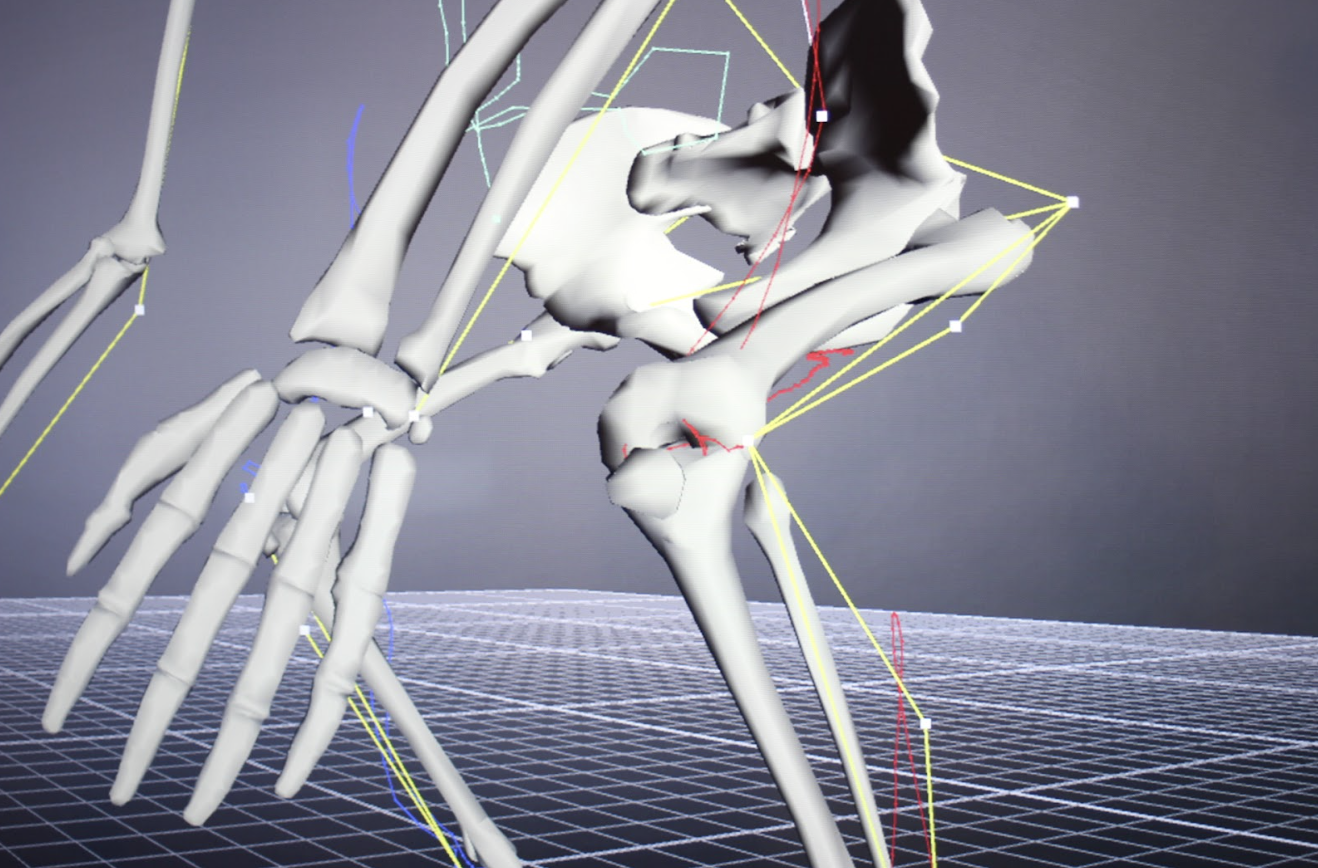Can Physiotherapy Help You Recover From an ACL Tear in the Knee?
An anterior cruciate ligament (ACL) tear can be particularly catastrophic for athletes and physically active persons. Injuries like this are common in the Sutherland Shire and are more likely to occur in sports like football, soccer, and netball that call for agility and quick changes of direction. An important ligament in the knee, the ACL aids in stabilising the joint and limiting excessive motion. If your ACL has been torn, you might be wondering if physical therapy can speed your recovery and enable you to resume your regular activities. Does physiotherapy help you recover from an ACL tear in the knee? is a topic that will be addressed in this article as we look at the advantages of physiotherapy for ACL tear recovery.
What is an ACL tear?
When the anterior cruciate ligament in the knee is strained or ripped, it results in an ACL injury. This might occur suddenly, such during a sporting event, or gradually over time through wear and tear, although the latter is far less typical. ACL tears frequently come with knee discomfort, edoema, and instability.
What Distinguishes Surgery From Just Doing Physiotherapy?
The severity of the injury and the particular patient determine the course of treatment for an ACL tear. The two primary types of management are non-surgical management with physiotherapy alone or surgery followed by physiotherapy.
According to research, surgery followed by physical therapy is typically the best course of action for recovering knee stability and function in patients with a full tear of the ACL. In ACL reconstruction surgery, the injured ligament is replaced with a graft, frequently either from the patient's own body or from a donor. A period of vigorous therapy is typically next to help you regain your strength, mobility, and range of motion. The earliest you should return to exercise following an ACL tear is nine months, although twelve months is highly advised.
For those with a partial tear or those who won't be placing considerable demands on the knee any more, such as the 45-year-old Engadine accountant who's hanging up his boots, non-surgical care with rehabilitation alone may be an option. For people with a complete tear who don't have a lot of knee instability or who are less active, non-surgical therapy may occasionally be appropriate. Prior to the most recent studies, it was thought that non-surgical care was linked to a higher risk of developing knee instability and other consequences, including osteoarthritis over time, but the latest research has shown that this is not actually the case at all.
It's important to remember that the best course of action for an ACL tear can vary depending on the patient's age, level of activity, and general health. Since we have been treating ACL tears in the Sutherland Shire for almost 20 years, our physiotherapists can assist you in choosing the best course of action for you.
Not all ACL grafts are equal!
The ACL can be repaired during knee surgery using a variety of graft materials. Here we will go through the options.
Patella graft: In this type of graft, a section of the patellar tendon, which connects the kneecap to the shinbone, is cut out and used to repair the torn ACL. The patella graft was a popular option for athletes and people who engage in a lot of physical activity because of its strength and stiffness. Even so, it could result in some knee weakness and pain after surgery. We are seeing a lot less of these now, with most surgeons and patients opting for either of the below options.
Hamstring graft: With this kind of graft, a piece of the hamstring muscle is removed and used to replace the torn ACL. The hamstring transplant has a quicker recovery time than the patella graft because it is less painful and stiff. It is the most common graft used in about 90% of ACL surgeries. One issue however is there is a high rate of hamstring injury after the surgery, however, this can be amiliorated by a well designed rehabilitation program with a Physio who understands this.
Allograft: The injured ACL is replaced with tissue from a deceased donor. Allografts can be obtained from a tissue bank and come in a variety of kinds, including patellar tendon, hamstring, and Achilles tendon. Because no tissue from the patient's own body is removed when using an allograft, there may be less pain and a quicker recovery time. Contrarily, there is a small probability of disease transmission and allografts may fail more frequently than autografts (grafts made from the patient's own tissue).
LARS ligament graft: LARS stands for lLigament Augmentation and Reconstruction System, and as the name suggests is an artificial ACL ligament.These tend to have faster recovery times and are strong in the initial stages, however, there is some evidence to suggest they may have higher rates of re-rupture.
This decision will come down to the specific circumstances and your surgeon.
How Can Physiotherapy Assist The Healing of an ACL tear?
There are a number of ways to support healing and recovery with Physio. You may improve your balance, get your knee back to full strength and flexibility, and experience less discomfort and swelling with physiotherapy. Moreover, physical treatment can assist you in avoiding subsequent injuries.
Here are just a few ways in which Physio can help:
1. Selecting a surgeon: Choosing the best surgeon is one that is not immediately apparent. Being physiotherapists in Sutherland, we treat a variety of ACL injuries and may direct you to the person who would be best for you. if you decide to get surgery
2. Regain Strength and Flexibility: Physiotherapy can help you regain strength and flexibility in your knee. This is crucial for a full recovery from an ACL tear because weakness and lack of flexibility can result in additional damage and knee instability.
3. Enhance Balance: Physiotherapy can assist you in developing better balance, which is essential for avoiding accidents and falls. Instability in the knee and further injuries might result from poor balance.
4. Lessen Pain and Swelling: Physical therapy can help you lessen knee discomfort and swelling, which is crucial for a full recovery. You'll enjoy our Game Ready Med4 Elite unit here at Aevum, and it will become your greatest friend after surgery.
5. Avoid Re-Injury and Further Damage: Physiotherapy can assist you in avoiding Re-Injury and Avoiding Additional Injury. This is significant because it is essential to take the required precautions to prevent an ACL tear from occurring again. To evaluate your recovery and make sure you are on track, we use measurable criteria.
Image 2. Patient running on the AlterG antigravity treadmill post ACL.
So What’s the Aevum Health Difference, When It Comes to ACL Rehabilitation?
1. As was already mentioned, we have been doing it for almost 20 years and enjoy great working relationships with Sydney's top surgeons as well as the best in the Sutherland Shire.
2. To get the best result for you, we are aware of the most recent research and recommendations.
3. Because we are a multidisciplinary team that includes physiotherapists, exercise physiologists, and podiatrists, you will have a cooperative team working on your recovery right away.
4. We have full-scale rehab gyms at all one of our locations. Also, we welcome you to use the equipment at any moment to carry out the programme that your physiotherapist has recommended.
5. After every consultation, we use a Game Ready Med4 Elite cryotherapy device. This is a wrap that is placed around your knee and is attached to a piece of apparatus that circulates chilled water and applies compression to the wrap to quickly reduce swelling and pain after surgery.
6. We measure instead of speculating. We have a 3D slo-motion capture studio with a number of pieces of technology to carefully analyse what happens to your knee when you land to guide your rehabilitation and provide excellent input to your surgeon.
Image 4. Objective hamstring data analysis Image 5. Hamstring testing post ACL
Image 6. Jumping analysis being performed at Aevum using 3D motion capture.
Image 7. 3D motion capture of the knee’s movements during landing from a jump.
Questions and Answers About Physiotherapy for ACL Tear Rehabilitation
Q. How long does it take for an ACL injury to heal with physical therapy?
The length of time it takes to recover from an ACL tear with physiotherapy depends on several factors, including the severity of the injury and the individual's overall health. With physiotherapy, an ACL tear typically requires six to twelve months to fully recover from.
Q. Can physiotherapy be used to prevent an ACL tear?
ACL tears can be avoided with physiotherapy, yes. Your chance of an ACL tear can be decreased with the use of physical therapy by increasing your strength, flexibility, and balance.
Q. What workouts should I perform to recover from an ACL tear?
Depending on the extent of your injury and the unique requirements of your knee, you should perform different workouts to help your body recover from an ACL tear. Your physiotherapist will be able to offer the ideal exercises for your recuperation.
So Let's Summarise Everything
Those who have injured their ACL in their knee can benefit greatly from physiotherapy for an ACL tear. Your balance can be improved, your discomfort and swelling can be reduced, and you can avoid reinjury with the aid of physiotherapy. Do not hesitate to call us if you have torn your ACL. We will design a personalised treatment programme that will assist you in making a full recovery and returning to your regular activities as soon as possible. In light of this, the answer to the question "Does physiotherapy help you recover after an ACL tear in the knee?" is unquestionably yes! You may take charge of your ACL tear rehabilitation with the aid of physiotherapy and resume your favourite activities.
Contact Aevum Health today to see how we can help you get back to normal life after an ACL Tear.






